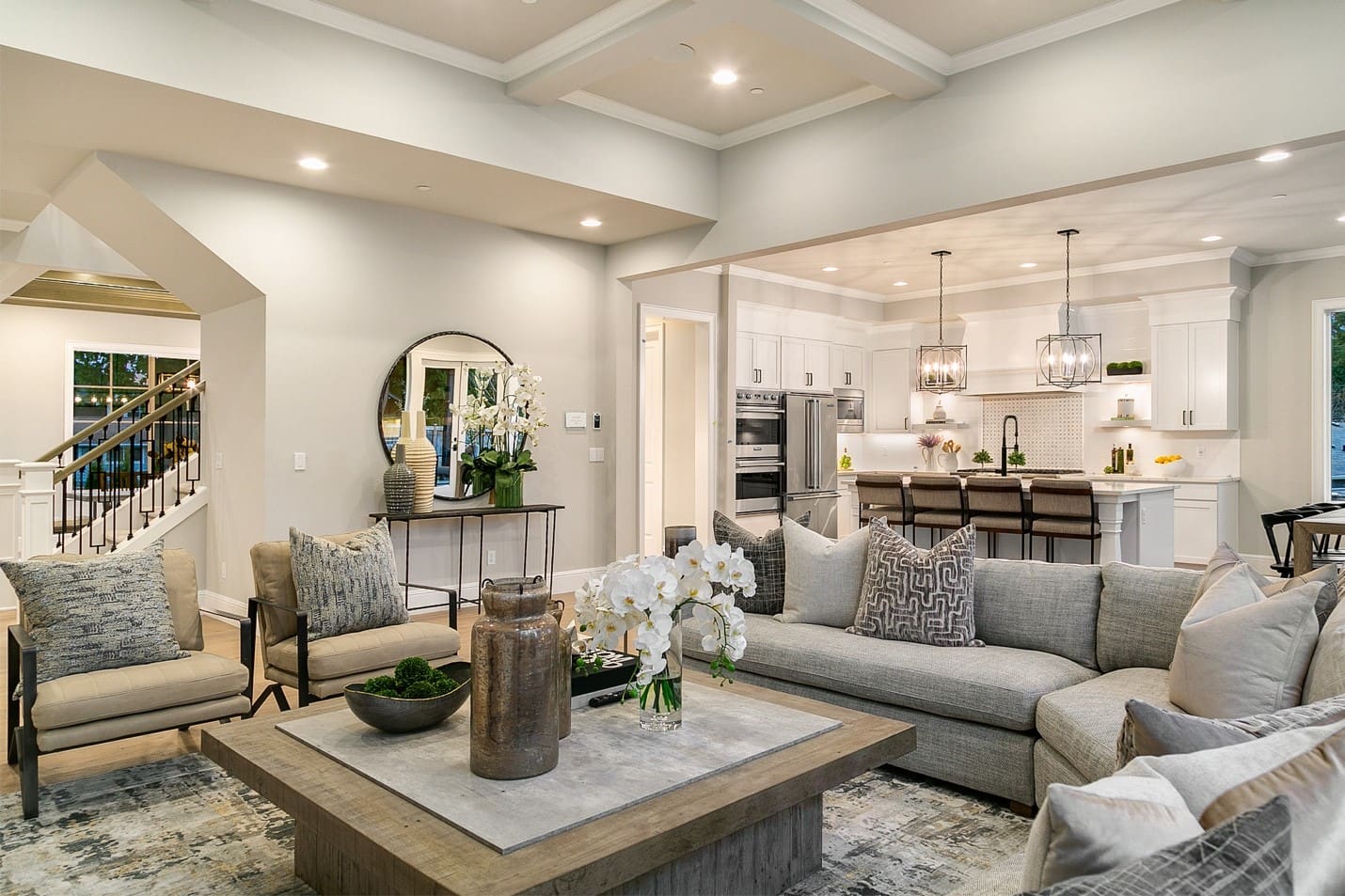Bringing the Outdoors Inside: Nature-inspired Approach for Improved Houses
In recent years, the idea of biophilic design has gained considerable traction in the realm of home design and building. By integrating natural elements into our indoor spaces, we create spaces that not only are aesthetically pleasing but also enhance our well-being. The idea is easy yet impactful: when we bring the outdoors in, we enhance our physical and mental health, making our homes not just places to live but retreats for rejuvenation and inspiration.
As we explore the best interior design trends to watch this year, it becomes clear that the acceptance of nature is at the center. From using green materials to incorporating advanced technology that supports eco-conscious lifestyles, homeowners are keen to create harmonious, nurturing environments. This article will walk you through innovative interior design ideas that instantly upgrade any space, as well as the importance of considerate construction practices that ensure a eco-friendlier home. Whether you are contemplating a remodel or simply searching for motivation, grasping how biophilic design can change your living space is crucial to creating a healthier home.
Leading Interior Design Styles
This year, biophilic design is at the center, emphasizing a deep connection between interior spaces and the outdoor world. By adding elements like interior plants, sunlight light, and organic materials, homeowners are creating healthier environments. This trend not only enhances aesthetic appeal but also promotes health, making our living spaces feel more balanced and tranquil.
Another significant trend is the growth of multi-functional spaces. As homes adapt to the evolving needs of households and remote workers, designs that enhance utility without sacrificing style are gaining popularity. Creating flexible areas that can serve various purposes, like a guest room that also functions as an office, allows for efficient use of space, especially in smaller homes. This flexibility is key to modern interior design.
Lastly, color psychology is reshaping interior palettes. Designers are carefully selecting colors that inspire emotions and affect mood, with calming hues like soft greens and blues becoming progressively popular. weblink , warm tones are also making a return, adding depth and warmth to interiors. As homeowners become more aware of their environments, incorporating color psychology into their design strategies is showing to create spaces that speak on a deeper level.

Green and Intelligent Design Solutions
Integrating sustainable design principles into your home not only improves the aesthetic appeal but also encourages environmental responsibility. Eco-friendly materials such as bamboo, reclaimed wood, and recycled metals are growing popular in modern interiors. These materials not only reduce waste but can also add individual character to your spaces. By choosing sustainable options, homeowners can create a safer living environment while showcasing their commitment to the planet.
Smart technology is changing how we engage with our homes, effortlessly integrating convenience with sustainable practices. By using smart thermostats, energy-efficient appliances, and advanced lighting systems, residents can significantly lower their energy consumption. These technologies offer users the ability to monitor energy usage in real-time, tweak settings for optimal efficiency, and ultimately cut utility bills. Smart homes not only provide convenience but also facilitate a more sustainable lifestyle.
The future of home design lies in the fusion between style and sustainability. Focusing on energy-efficient construction techniques can lead to sustainable savings on energy costs while maintaining a stunning aesthetic. Innovative design practices, such as natural ventilation and green roofs, can enhance both the functionality and ecological footprint of a home. By valuing these sustainable and smart design solutions, homeowners can enjoy spaces that are as trendy as they are environmentally friendly.
Area-Specific Design Recommendations
As you designing a small space, enhancing functionality and maintaining style is crucial. Select multifunctional furniture that offers simplicity and practicality and aesthetic appeal. For example, a sofa bed can serve as seating during the day and convert into a sleeping area at night. Opting for light colors and mirrors can create an illusion of a larger space, utilizing natural light and making the room feel airy and open.
The kitchen is typically the heart of the home, and achieving a perfect design needs careful thought. Focus on layout efficiency with a well-planned work triangle between the stove, sink, and refrigerator. Add durable and visually appealing materials like quartz countertops and open shelving to exhibit beautiful dishes. Don't forget about smart technology; integrating features like a smart fridge can enhance convenience and energy efficiency.
Bathrooms are intimate spaces that can greatly benefit from thoughtful design elements. Luxury fixtures such as freestanding tubs or rainfall showerheads can elevate the overall experience. Employing natural materials like wood and stone can enhance the feeling of relaxation and tranquility. Additionally, consider innovative storage solutions that maintain the space organized and maintaining a clean, stylish look, ensuring your bathroom remains both functional and inviting.